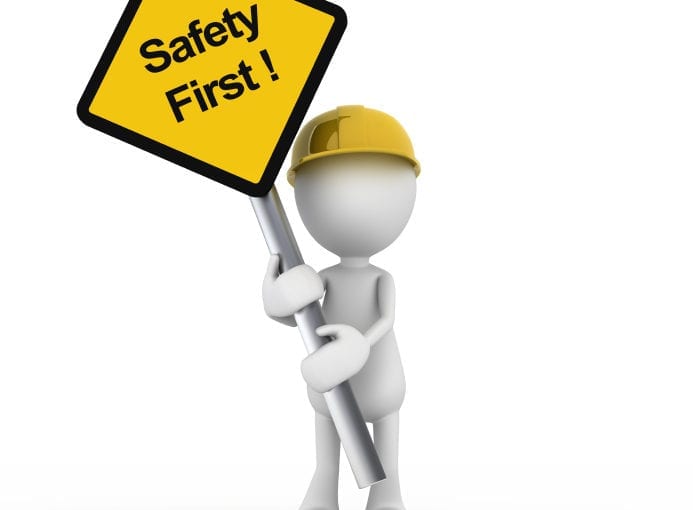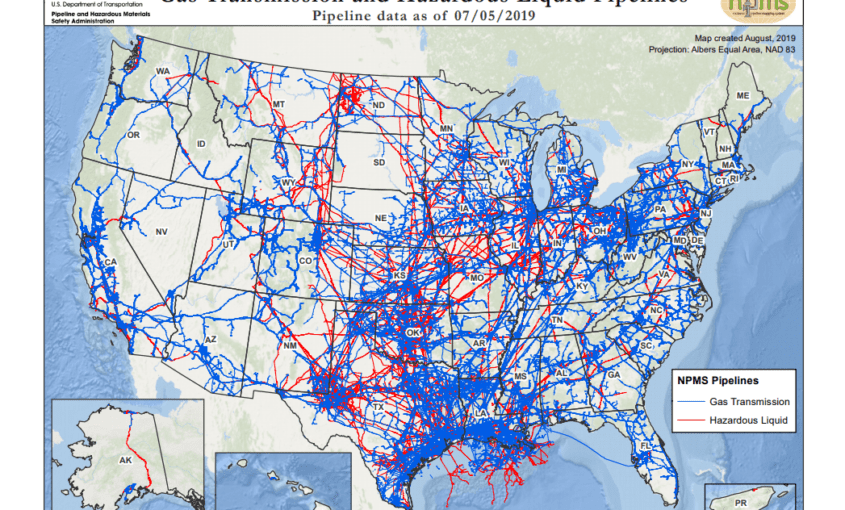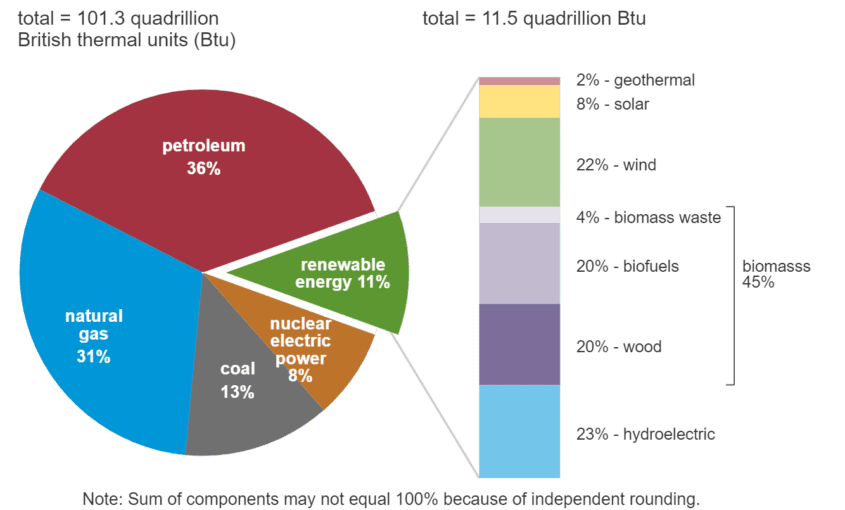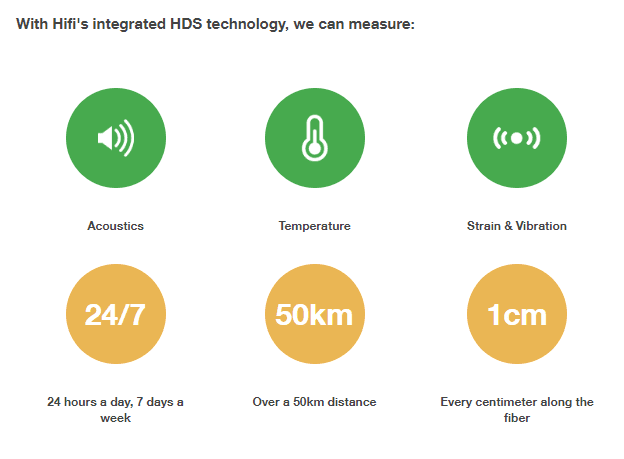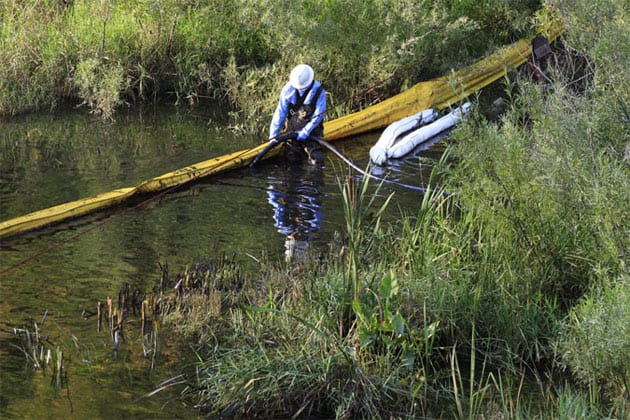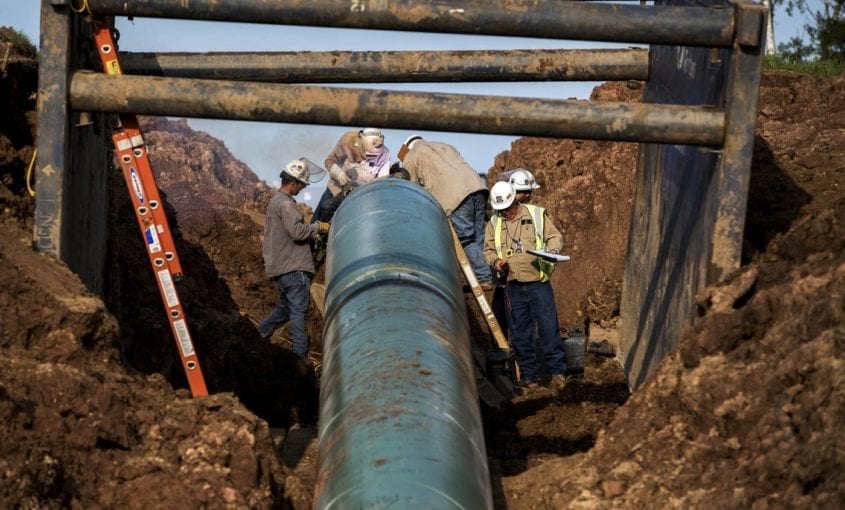The Uses of Blockchain and Cryptocurrency in the Energy Industry
Even as other industries are swept up in waves of disruption caused by technology, the energy industry has been slow to embrace change. However, the introduction of blockchain promises to speed things up and radically transform the industry’s processes and markets. A blockchain is a growing list of records (called blocks) that are linked using
Read More...


